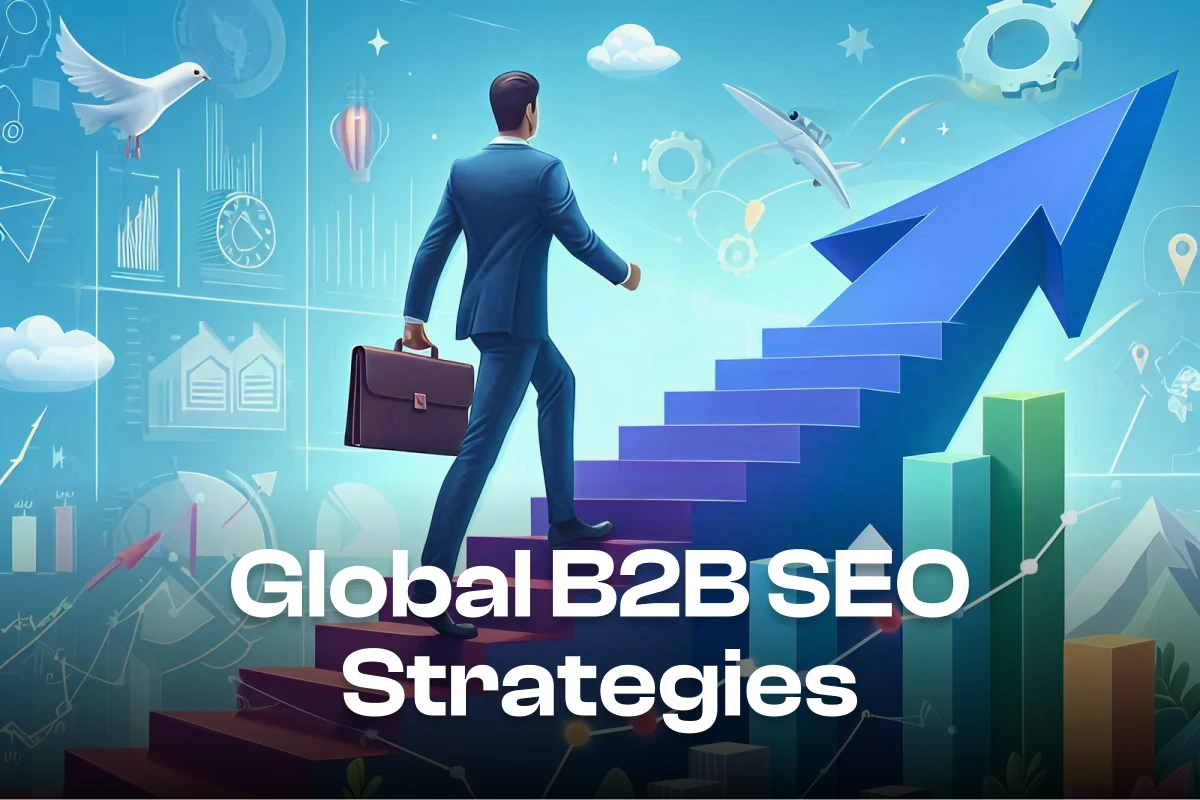
Expanding a B2B business globally comes with many opportunities, but it also brings unique challenges in digital marketing. One of the most critical aspects of this expansion is ensuring that your international SEO strategy is both scalable and effective. For businesses operating in multiple countries and languages, understanding the nuances of multilingual SEO practices can be a game-changer.
International SEO vs Multilingual SEO: Understanding the Difference
Before diving into execution, it’s essential to distinguish between international SEO vs multilingual SEO. International SEO is about optimizing your website for different countries, regardless of the language. On the other hand, multilingual SEO focuses on reaching users in their preferred languages, which may include multiple regions speaking the same language. Getting this distinction right informs how you structure your global website and plan content distribution.
Building a Strong Global Site Architecture
A well-planned global site architecture is the backbone of successful multilingual and multi-region websites. Decisions around subdomains and subdirectories for global SEO can influence crawl efficiency, indexing, and user experience. For example, subdirectories (like yourwebsite.com/in/) often consolidate domain authority, whereas subdomains (in.yourwebsite.com) can help with clear regional targeting but may require more SEO effort to maintain authority.
Implementing canonical tags for multi-region websites is equally important. These tags prevent duplicate content issues, especially when similar content exists across regions or languages. Additionally, hreflang implementation for global B2B websites ensures search engines deliver the right language or regional version to the correct audience, improving engagement and reducing bounce rates.
Targeting the Right Audience: Country vs Language Targeting
When scaling globally, understanding whether to prioritize country-specific targeting or language-specific targeting is crucial. This is where country vs language targeting strategies come into play. For instance, if your business targets Hindi language-speaking users in Canada and France, a combination of both country and language targeting ensures you reach the right audience in both regions. This can be enhanced by geotargeting for B2B websites, which signals to search engines the intended audience for each regional page.
Multilingual Content Strategy for LLMs
With the rise of AI-driven search and large language models, a strong multilingual content strategy for LLMs is becoming increasingly essential. It’s not just about translating content anymore. Effective strategies consider how AI interprets and ranks content in different languages. This includes optimizing content for machine translation vs human translation. While machine translation can speed up content scaling, human translation ensures nuanced, high-quality messaging that resonates with your audience.
Technical Considerations for Global B2B Sites
Technical SEO is a key differentiator for global websites. Ensuring local hosting and CDN for SEO performance can dramatically reduce page load times for international users. Similarly, using structured data for multilingual websites improves search visibility and helps AI-driven systems better understand your content across languages and regions.
Other advanced techniques include AI-first SEO strategies for global websites and optimizing content for LLM-driven search, which are crucial for staying ahead in markets where AI-powered search results dominate.
Content and Keyword Optimization Across Regions
Effective global SEO is not just about structure and tags. Understanding regional user intent keyword mapping ensures your content aligns with what users are actively searching for in different markets. In addition, implementing CTR improvement strategies for global B2B SEO can increase visibility and engagement. Techniques such as click-through optimization for AI search results and localized CTA strategies for B2B websites help drive conversions by catering to cultural and linguistic nuances.
Practical Tips for Multilingual SEO Best Practices
- Hreflang Tags: Always implement hreflang to prevent duplicate content issues and serve the correct language or regional page.
- Content Quality: Use human translations for high-value content while leveraging machine translation for scale, ensuring all content aligns with your brand voice.
- Site Structure: Decide strategically between subdomains and subdirectories based on SEO authority consolidation versus regional separation.
- Geotargeting and Hosting: Optimize your server locations with local hosting or CDN to improve page speed and user experience globally.
- AI Optimization: Adjust content to be easily readable and actionable for AI models and LLM-driven search while maintaining human readability.
- Structured Data: Implement schema for multilingual websites to enhance search visibility and improve snippet features across languages.
- CTR and CTAs: Optimize meta titles, descriptions, and CTAs to reflect local user intent and cultural context, increasing engagement across regions.
Scaling SEO for global B2B firms requires a balance of technical rigor, content strategy, and AI-aware optimizations. Focusing on multilingual SEO best practices, global site architecture SEO, and strategies like hreflang implementation for global websites and country vs language targeting ensures your business connects with the right audience in every market.
By combining thoughtful content translation, regional user intent keyword mapping, and AI-first SEO strategies for global websites, your international growth becomes more predictable and effective. For a deeper dive into comprehensive SEO tactics, you can explore The QA’s very own search engine optimization service guide.
Global expansion doesn’t have to be complex. With the right SEO practices, your B2B firm can thrive in any market, in any language, reaching audiences exactly where they are ready to engage.